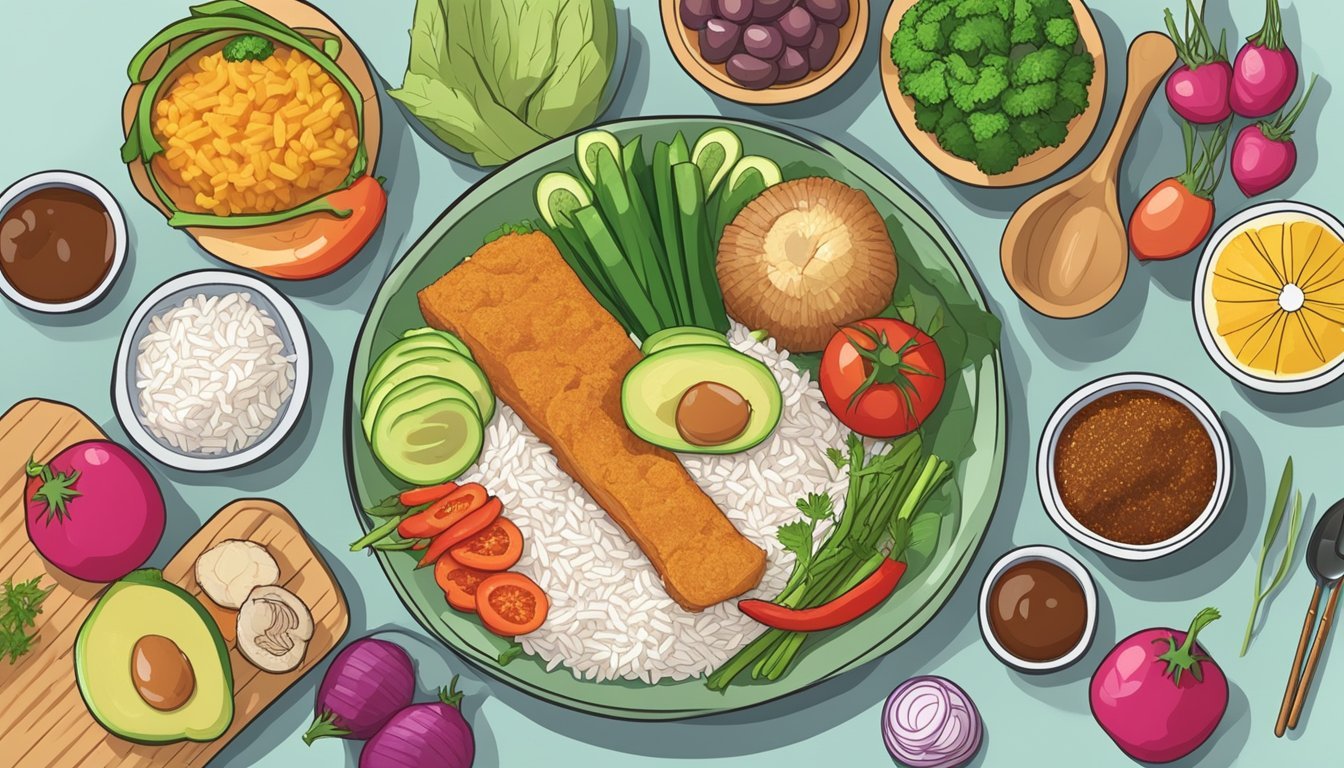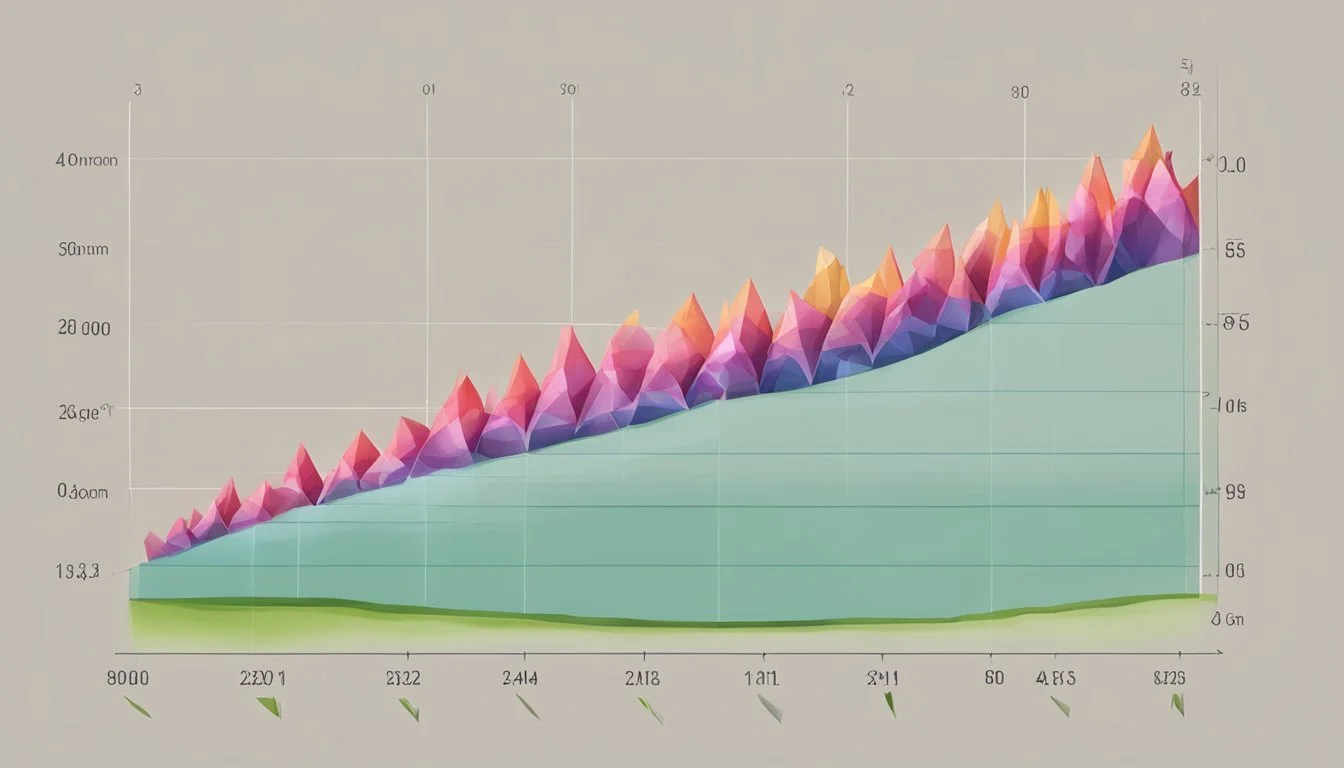Can Diabetics Eat Bagoong?
Nutritional Insights and Considerations
Navigating food choices is crucial for individuals with diabetes, particularly when it comes to popular dishes like bagoong, a Filipino fermented shrimp paste. Although bagoong can fit into a diabetic meal plan, it is essential to be cautious about its high sodium content. Excessive sodium intake can elevate blood pressure, which is a common concern for people with diabetes.
Bagoong typically contains minimal carbohydrates, which might make it seem suitable for a low-carb diet. However, the fermentation and preservation process often involves significant amounts of salt. This makes portion control vital when incorporating bagoong into a diabetes-friendly diet.
A healthcare provider or dietitian can offer personalized advice on how to include bagoong in your meals without compromising your health. Balancing bagoong with other nutritious, low-sodium foods and monitoring your overall salt intake can help manage blood sugar levels effectively.
Understanding Bagoong and Its Components
Bagoong, a popular Filipino condiment, is known for its unique flavor and nutritional profile. It is crucial to consider its components, especially for individuals managing diabetes and heart disease.
Nutrition Facts of Bagoong
Bagoong is made from fermented shrimp, krill, or fish mixed with salt. Its nutrient content includes protein, calcium, and iron. These nutrients are beneficial as they support various bodily functions.
The fermentation process enhances the availability of nutrients, while protein content supports muscle maintenance. However, carbohydrates are minimal, which is favorable for blood sugar control. Heart-healthy fats are present in small amounts.
Nutrient Content (per tablespoon):
Calories: 20-30
Protein: 2-3g
Fat: 0.5-1g
Carbohydrates: <1g
Sodium Content and Heart Disease Risks
One significant concern with bagoong is its high sodium content. Salt is a primary component in its preparation, which can lead to increased blood pressure levels. Individuals with diabetes and heart disease should monitor sodium intake to manage their condition effectively.
Excessive sodium can strain the heart and exacerbate cardiovascular risks. It is critical to balance bagoong consumption with low-sodium foods. Recommendations suggest limiting sodium intake to less than 2,300 mg per day, or 1,500 mg for those with hypertension or heart disease.
Health Tips:
Opt for low-sodium varieties if available.
Consume in moderation.
Balance with fresh, low-sodium foods to reduce overall intake.
Managing diabetes involves careful dietary choices. Understanding bagoong's sodium content and nutritional benefits enables more informed consumption decisions.
Impact of Bagoong on Blood Sugar Levels in Diabetics
Bagoong, a fermented fish or shrimp paste commonly consumed in many Southeast Asian cuisines, has a unique nutritional profile that can influence blood sugar levels and blood pressure in diabetics.
Carbohydrate Content and Blood Sugar Spikes
Bagoong, primarily made from fermented fish or shrimp, contains minimal carbohydrates. This low carbohydrate content means that Bagoong has a negligible impact on blood sugar levels compared to high-carb foods.
However, it's essential to consider what Bagoong is eaten with. If paired with carbohydrate-rich foods, the overall glycemic impact can increase. For instance, consuming Bagoong with rice may lead to a more significant blood sugar spike.
Diabetics should monitor their carbohydrate intake to keep blood glucose levels stable. Keeping portions moderate and combining Bagoong with low-carb vegetables can help manage blood sugar better.
The Role of Sodium in Blood Pressure Control
Bagoong contains high levels of sodium, which can affect blood pressure. For diabetics, maintaining blood pressure within a healthy range is crucial, as high blood pressure can exacerbate complications associated with diabetes.
Excess sodium can cause the body to retain water, increasing blood pressure. Diabetics should consider their overall sodium intake when consuming Bagoong. It may be beneficial to limit other high-sodium foods in their diet to avoid excessive sodium consumption.
Using smaller amounts of Bagoong can help. Additionally, choosing lower-sodium varieties, if available, or pairing it with potassium-rich foods like leafy greens may mitigate some of the sodium's impact on blood pressure.
Dietary Considerations for Diabetics
When managing diabetes, focusing on healthy fats and incorporating vegetables and fiber into the diet can significantly impact blood sugar levels and overall health. These dietary adjustments help regulate A1C levels, improve insulin sensitivity, and provide essential nutrients.
Healthy Fats and Diabetes Management
Healthy fats play a crucial role in managing diabetes, particularly in improving insulin resistance. Monounsaturated and polyunsaturated fats, found in foods like avocados, olive oil, nuts, and seeds, can help reduce bad cholesterol levels, which is beneficial for those with type 2 diabetes.
Replacing saturated fats and trans fats with healthier alternatives can lower the risk of heart disease, a common concern for diabetics. Including sources of omega-3 fatty acids, such as fatty fish (salmon, mackerel), can further support heart health and reduce inflammation.
Moderation is key when it comes to consuming fats. Even healthy fats are calorie-dense, so portion control is essential to avoid unwanted weight gain, which can exacerbate diabetes complications.
Incorporating Vegetables and Fiber into the Diet
Non-starchy vegetables should be a staple in a diabetic's diet. These vegetables, including broccoli, spinach, and peppers, are low in carbohydrates and calories yet high in vitamins, minerals, and fiber. Fiber, in particular, helps slow the absorption of sugar, aiding in better blood sugar control.
Consuming a variety of colorful vegetables ensures a wide range of nutrients essential for overall well-being. It is advisable to aim for at least five servings of vegetables daily, emphasizing those rich in fiber and low in carbohydrates.
In addition to vegetables, whole grains and fruits like berries contribute beneficial fiber and nutrients while helping to manage blood sugar levels. Integrating beans, lentils, and other legumes can also enhance fiber intake and improve digestive health. Creating balanced meals using the plate method can help ensure an appropriate mix of fiber, proteins, and healthy fats.
Alternatives to Bagoong for Diabetics
Diabetics should seek alternatives to Bagoong to maintain stable blood sugar levels and promote a healthier diet. This section explores low-sodium and diabetes-friendly food options they can consider.
Low-Sodium and Diabetes-Friendly Food Options
For those with diabetes, low-sodium and healthy alternatives to Bagoong are crucial. Reducing sodium intake helps control blood pressure and blood sugar levels.
Fish sauce can be a substitute, but opt for low-sodium versions to avoid high sodium content. Choose unsalted nut butter for a source of healthy fats and protein.
Legumes such as lentils and beans offer fiber and keep blood sugar stable.
Replacing Bagoong with fresh herbs and spices like garlic, ginger, and chives enhances flavor without adding unhealthy ingredients. For a hint of sweetness, include berries which are beneficial due to their low-sugar content.
Consider consulting with a registered dietitian to tailor food choices that align with diabetes management.






